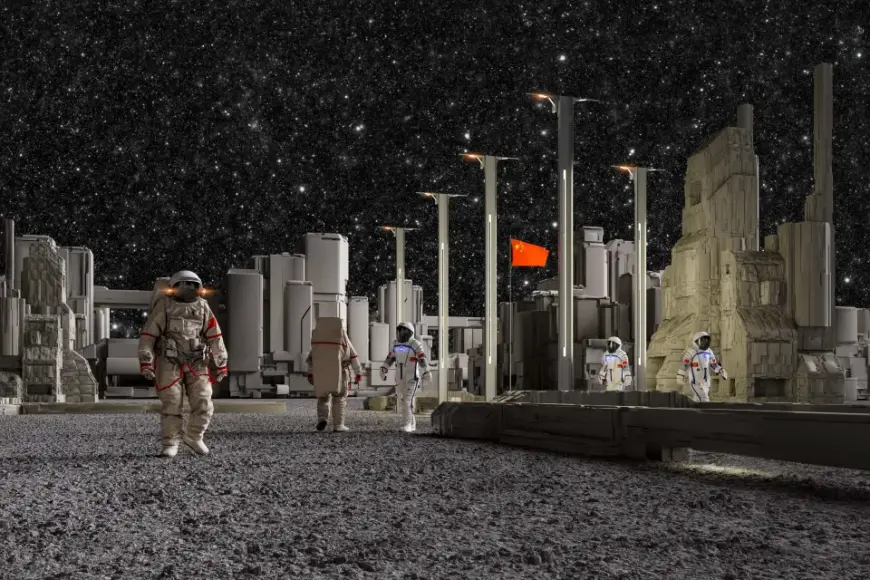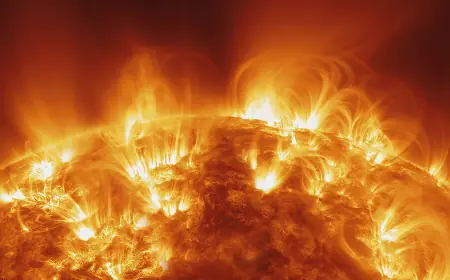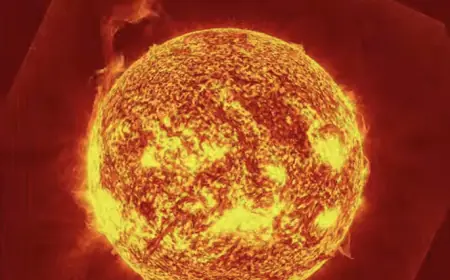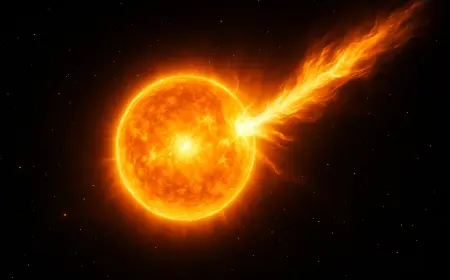China and Russia Plan to Build a Nuclear Power Plant on the Moon by 2035
Pei Zhaoyu, the chief engineer of China's "Chang'e-8" unmanned robotic mission, introduced plans for an international scientific lunar base during a presentation in Shanghai. This base, which China plans to construct after 2030, is expected to be powered not only by solar energy but also by a small nuclear power plant.

As part of the Chang’e-8 mission scheduled for 2028, China plans to deploy a lander, a lunar rover, and a robot to the Moon’s surface. It is anticipated that infrastructure such as heating and power systems will be constructed using 3D printing technology.
According to Reuters, documents from the presentation also indicate that China and Russia plan to jointly install a nuclear reactor for the International Lunar Research Station (ILRS), which is expected to begin full operation by around 2035.
Why a Nuclear Power Plant?
Continuous energy supply via solar power is not reliable on the Moon because lunar nights last up to 14 Earth days. In this scenario, nuclear energy stands out as a practical and consistent power source.
However, operating a nuclear reactor on the Moon also presents technical challenges. For example, heat generated by the reactor must be dissipated — a task complicated by the lack of atmosphere. Radiators that could serve this purpose are difficult to install due to the Moon’s rough terrain and risk overheating in sunlight. These radiators are also bulky and heavy, requiring solid foundations or structural supports.
Russia's Role
On May 8, 2024, Roscosmos officially confirmed that Russia would develop and supply the reactor for the ILRS. The proposed power output of the reactor is about 500 kilowatts, classifying it as a mini-reactor by nuclear industry standards.
How Will the System Work?
The reactor is planned to be delivered to the Moon aboard China’s heavy-lift rocket model H‑2. After landing, the station's construction will be gradually carried out using robotic systems and automated assembly technology.
The Global Context: Why Now?
-
This project is seen as a rival to the U.S. Artemis program, which aims to establish a lunar base by 2027.
-
The ILRS initiative includes participation from over 17 countries, such as Azerbaijan, Belarus, Pakistan, Guinea, Senegal, and others — forming a digital lunar community.
-
By leveraging its strength in nuclear technology, Russia aims to play a leading role in future lunar exploration, particularly in partnership with China.



























